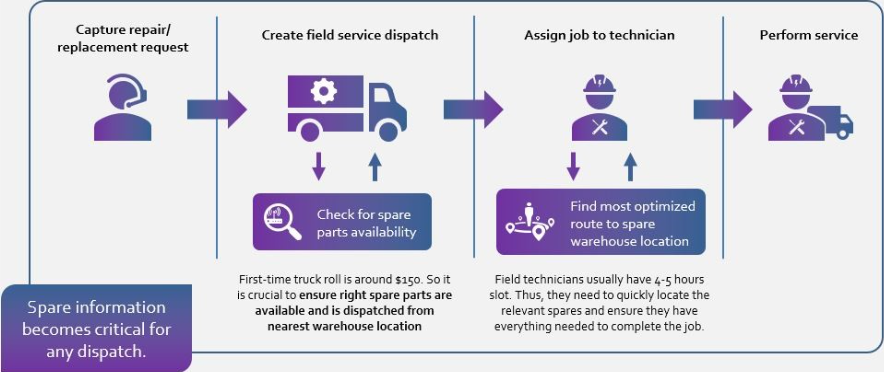Leverage effective continuous improvement techniques to achieve a high straight-through processing rate
Straight-through processing (STP) refers to the automated processing of transactions without manual intervention. Transaction processes are usually multi-staged, requiring multiple people across different departments and sometimes even involving paper checks. Companies often adopt RPA as a one-time solution to complete transactions and achieve a high STP rate. But is it really effective?
The estimated STP rate for any service provider in the connectedness industry is 75%-85%. However, the actual realization is only 30%-50%. One of the reasons that has contributed to the average rate is implementation of only RPA by service providers. Other widely used continuous improvement techniques like occasional continuous improvement and analytics-driven continuous improvement have proven to be less effective to achieve the targeted STP rate. Service providers must adopt effective continuous improvement methods to get more value from their existing RPA implementation.
Adopt the Automation Optimizer Framework, an efficient continuous improvement strategy to improve your STP rate. The framework identifies automation inefficiencies, root causes, and solutions for the identified gaps and continuously monitors the STP rates- all in an automated manner. Its key components are:
- Intelligent RCA (Root-cause analysis) Engine: Drills down to transaction-level information to automatically identify the root-cause for fallout
- Integrated Solutionizer: Constantly analyzes the output from an Intelligent RCA Engine and triggers respective action based on the identified root cause
- Continuous Monitoring Tool: Tracks the STP rate progress over time for the defined objectives, KPIs and milestones
The estimated STP rate for any service provider is 75%-85%, however, the actual realization is only 30%-50%. Only RPA implementation will not suffice if the STP rate has to be improved.
















